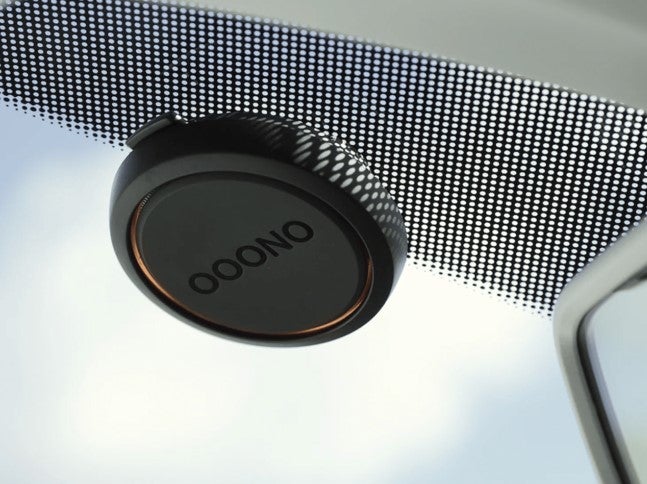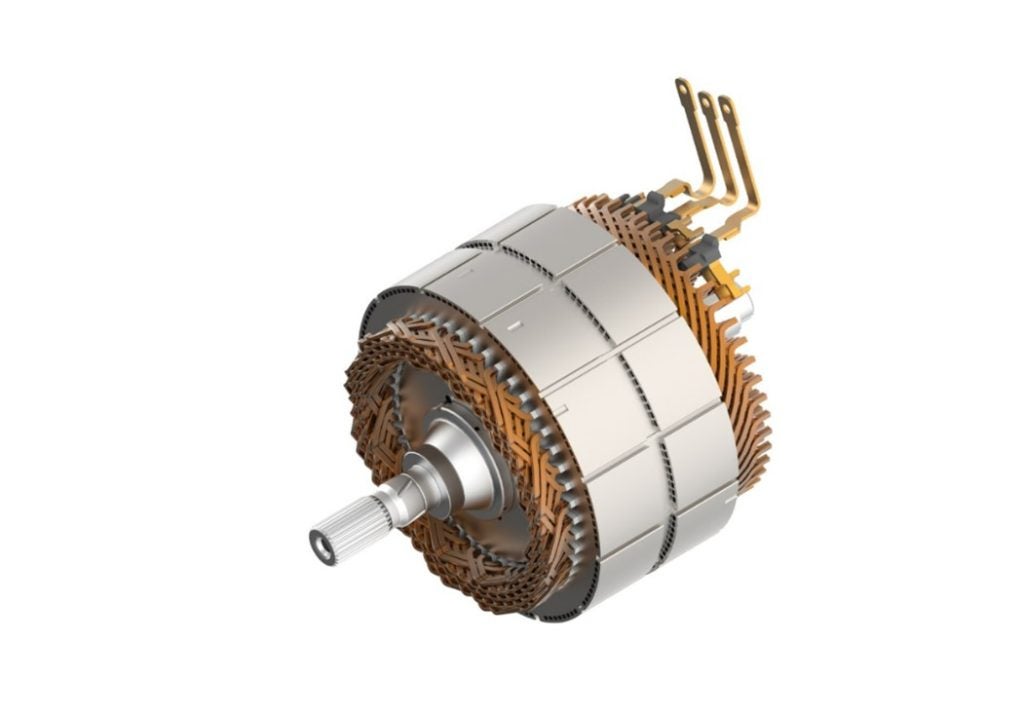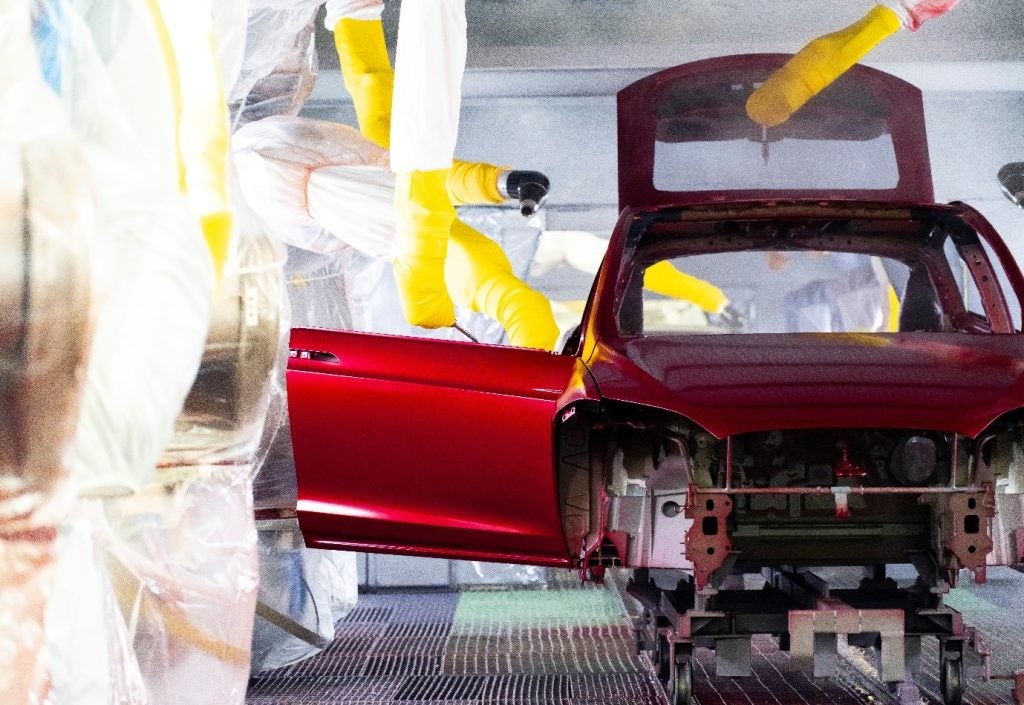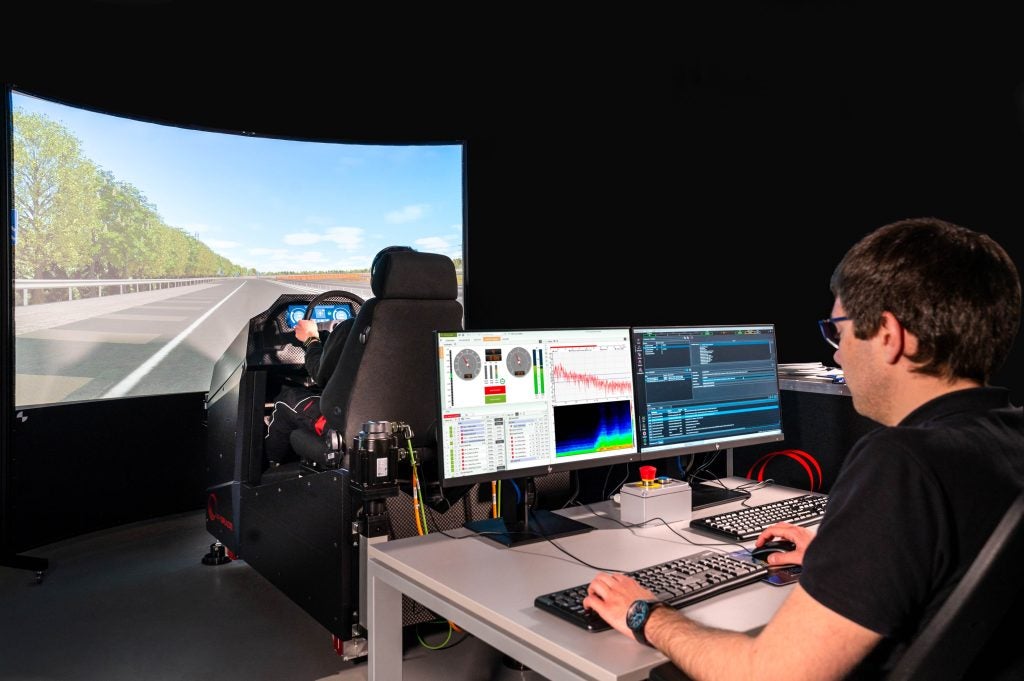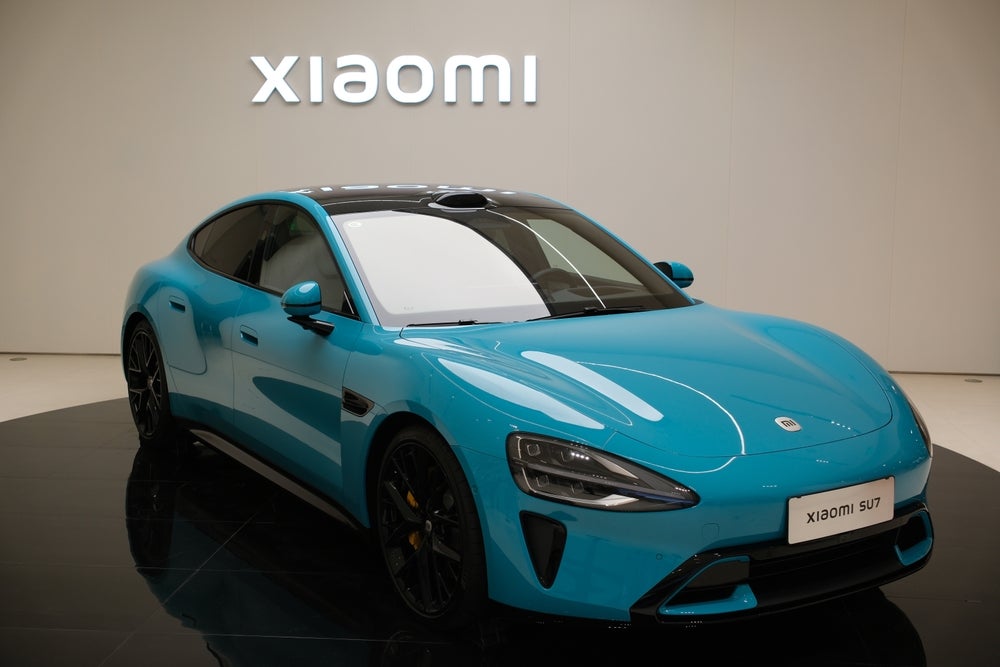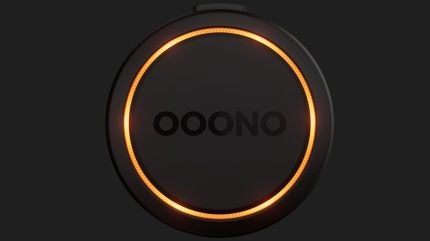
In response to the increasing concern of distracted drivers many OEMs are beginning to implement more safety software into their vehicles that will enhance driver safety and awareness.
To assist with safety and distraction concerns, Danish Tech scale-up, OOONO, says it is committed to creating a safer everyday life for drivers. It recently unveiled two models of their its flagship product; OOONO CO-DRIVER.
Taking the form of a small button which is fitted inside a driver’s vehicle, the technology warns drivers of upcoming speed cameras, congestions, and road hazards.
The two models vary slightly depending on user preference. CO-DRIVER NO1 provides a simple solution with audio-visual warnings, while CO-DRIVER NO2 enhances the experience with advanced features, including in-app navigation and compatibility with Apple CarPlay and Android Auto.
We spoke with Nicklas Sørensen, CMO, OOONO, to discuss the background to the company and its aims.

Just Auto (JA): Could you tell me about the company and the technology?
How well do you really know your competitors?
Access the most comprehensive Company Profiles on the market, powered by GlobalData. Save hours of research. Gain competitive edge.

Thank you!
Your download email will arrive shortly
Not ready to buy yet? Download a free sample
We are confident about the unique quality of our Company Profiles. However, we want you to make the most beneficial decision for your business, so we offer a free sample that you can download by submitting the below form
By GlobalDataNicklas Sørensen (NS): The company was founded in 2017 and I have been here since 2019. I worked with the founder previously to that. For Kristian, the founder and owner, the idea was simple. He thought: why are we honking the horns, flashing lights, giving ourselves a generally hard time in already heavy traffic conditions? The thinking was that there must be a way to utilise technology to better connect drivers and facilitate safe communication.
The one thing he didn’t like was apps. There have been solutions to traffic congestion and sharing traffic information for a while, but they’re all app-based. His take on it was that we need a device, and it needs to be super, super simple, because we’re not looking to distract the drivers. We want to share information with just a click.
Back then it all centred around road hazards, speed cameras, sudden changes, changing road conditions that people needed to be aware of – and that was what they did in terms of communication by using the lights or horns.
How does it actually work?
The CO-DRIVER is designed with one primary goal in mind: road safety. One of the unique features is the screen-free design. Unlike other navigation or alert systems that require interaction with your phone or a screen in your car, the CO-DRIVER provides clear audio-visual warnings (high-pitched beeps and LED lights) without any distractions from a screen. This simplicity allows drivers to stay focused on the road ahead while still receiving important notifications about speed cameras and road hazards.
Connecting to the CO-DRIVER is easy; you simply download the OOONO app, sync the CO-DRIVER to the phone, mount and the device is ready. Better yet, your mobile phone can remain in your pocket as the CO-DRIVER needs just a one-time connection [bluetooth] point, starting automatically when you drive off. This ensures drivers can focus solely on the road rather than using a smartphone or navigating through an app.
The CO-DRIVER relies on data from the European database, Blitzer, on fixed speed cameras, as well as its community of users for real-time data on mobile speed cameras and road hazards (for example, accidents, roadworks, debris, breakdowns). Users can actively engage with the community by signaling or confirming the presence of cameras and hazards with single or double taps on the device and, with the CO-DRIVER NO2 model, outdated warnings can be dismissed with a button press.
The technology sounds very simple to use..
It is. Car manufacturers and their products are becoming more complex over time. We have bigger screens, autopilot, emergency brakes, lane assist and so on. They may develop their cars so we can be more at ease, but we sometimes do the counter-intuitive thing here with the complexity of screen-based solutions. Systems are advanced enough as is.
A simple thing is just to have a button; that’s the way we think.
We’re not trying to make something super complex or seem complex.
With the complex systems sometimes available, it almost looks like you need special training – we wanted to turn that whole situation around. Our approach to tech was to make a super simple solution that is intuitive, affordable, and accessible.
We’re not trying to make something super complex or seem complex. We’re trying to do the exact opposite. If we are to make an impact on people’s everyday living, we think we need something extremely simple to fit seamlessly into our lives, and it needs to be super easy to use and operate.
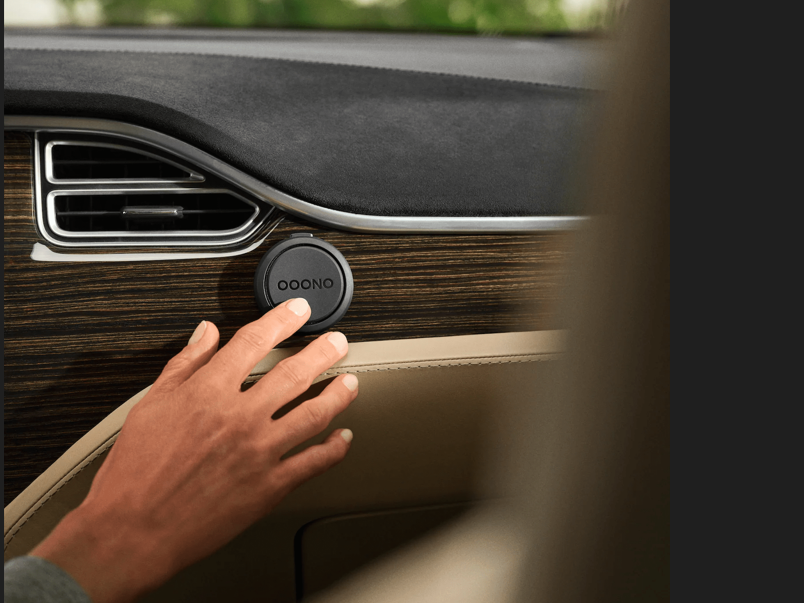
Do you work with authorities or other companies to ensure reliability and safety?
Some people see us as a community that helps each other get away with speeding, avoiding fines, all those things. With all products, there’s the best-case use-case, and then there are other situations where people that may misuse a product for whatever purpose.
It’s super important for me to state that we do work with local authorities in the market. The police endorse solutions like this because when they put up a speed camera, it’s often on roads that are known to be dangerous; they want the outcome of people reducing their speed. The difference between the camera and us is that we have a better effect because we prevented the speed and made them slow down. Whereas a fine, fair enough, but you didn’t achieve the objective. They still went too fast.
So how can we change that behaviour? We want to be one step ahead, but it’s always a super interesting discussion, because it kind of depends how you look at it.
What about the business model – is this a subscription offering?
We’ve designed a plug and play solution. When you buy the device, you set it up one time. You download an app that connects and then you’re good to go. We don’t have any subscription models.
You’re basically plugged into our system. The user that we really want is one that engages and participates and understands that for it to be work well, they also have to participate and help others as well. It is about engaging with the products and sharing information whenever you see something that you think would benefit the community.
Obviously, there are different kinds of users. It’s obviously on us to try to engage people and make them understand that the better we all are, the better the system is.
Let’s say you bought in in the UK today. You would automatically be able to go across borders; it supports up to 80 countries. As we build the community, the system gets better and better. As of now we’re at a starting point in the UK, whereas in Germany we have three million people driving around with this.
What sets you apart from your competitors?
Obviously, there are other competitor solutions out there; they have voice, they have displays, they have more buttons and human interface complexity. That is where it becomes counter-intuitive to us because then you start distracting people; people may need to fumble around to find the right button. It comes down to how we have designed our product. I can says we are committed to what we believe in.
The one thing that always stands out is people say, ‘but we already have Waze’. That is usually the first barrier when we ty to introduce our technology.
However, when we ask our customers, why did you get our device? It’s the convenience part of it, it connects automatically, it’s that sense of comfort or just feeling a little safer, knowing that someone has your back. That’s the ultimate decision maker for most of our users.
When they start experiencing the simple convenience of it, that’s where they’re then saying okay, it’s actually worth it.
When they start experiencing the simple convenience of it, that’s where they’re then saying okay, it’s actually worth it. It can be hard to sell convenience. It’s something you need to experience for yourself or see in action.
